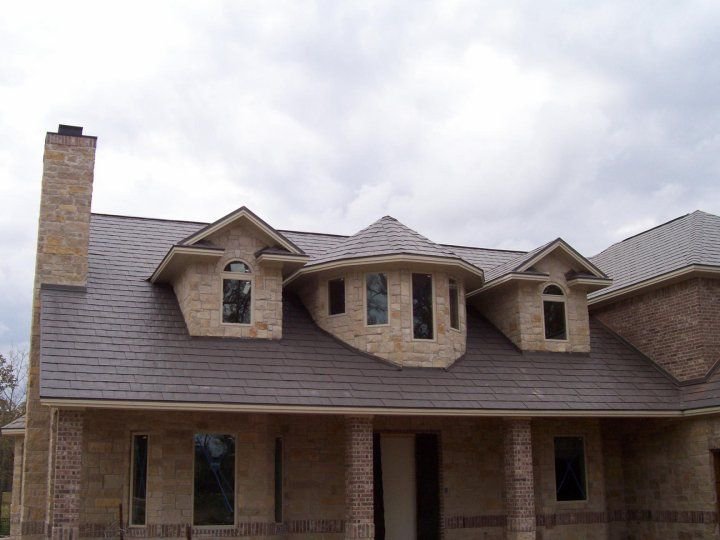A chimney is an important part of the uppermost part of a structure. It provides a passageway to effectively eliminate noxious gases produced by the combustion of fuel from fireplaces or wood-burning stoves in the living space. Many home designs have the chimney going through the roof, since it is often constructed separately from the upper structure and with a different material, design and functionality problems often exist.
effectively eliminate noxious gases produced by the combustion of fuel from fireplaces or wood-burning stoves in the living space. Many home designs have the chimney going through the roof, since it is often constructed separately from the upper structure and with a different material, design and functionality problems often exist.
Common Problems
One of the biggest problems with having a chimney is the high risk of the leaking of poisonous gases and fumes. Many conditions can cause this issue; the most common one is inadequate or improperly installed flashing, which is a piece of metal that joins the stack and roof together. In most cases, improper installation does not allow the flashing to properly adhere to the chimney causing water to get come to the gap.
A leak can also be caused by a crack on the roof itself, creating a passageway for water to get through the brick. Chimneys that are constructed using concrete can also have crevices that fill with water over time and allow water to seep through the material.
Leak Prevention Tips
Following is a list of possible areas to check for leaks and the means by which such leaks can be controlled.
- Flashing – Flashing is the Achilles heel of the chimney, always susceptible to leaking. The roofing material cannot seamlessly join with this structure and requires flashing to create a seal. Metal is the primary material used and varying life expectancies depend upon the specific metal used. Flashing must be inspected regularly as strong winds can easily rip it off and create a gap through which water will leak onto the inner structure. An annual inspection should be done to check for any part that is missing or loose that should be replaced and caulked to ensure a water-tight seal.
- Bricks and Mortar – An area very prone to cracking are any bricks and the surrounding mortar that is a part of the chimney. Although durable, repeated exposure to heat and cold can cause these two items to eventually crack and open passageways through which water can seep. Unless the chimney is made of metal, there’s no better way to remedy this problem than a regular inspection. Perform the inspection on both the inner and outer portion of the entire smokestack as cracks can originate on either side. If cracks are found, apply a cement filler to prevent water leakage.
- Crown – The crown is the covering over the chimney opening that keeps outside elements including rain and snow from entering the fireplace. It is important to make sure that the crown is intact and does its job effectively, as it can easily become a major cause of leaks if it is cracked or missing. It also protects against entry by outside animals, which is very important to prevent.
It is imperative that the chimney and the roof work together to keep a good seal to prevent anything from entering and damaging the roof’s internal components. Hopefully, this article has provided helpful information regarding the common issues shared by chimneys and roofs and how to keep them working together for the benefit of the residence!
Does your Woodlands roof need some attention? Schulte Roofing of The Woodlands provides outstanding work and is ready to help with your roofing needs!
